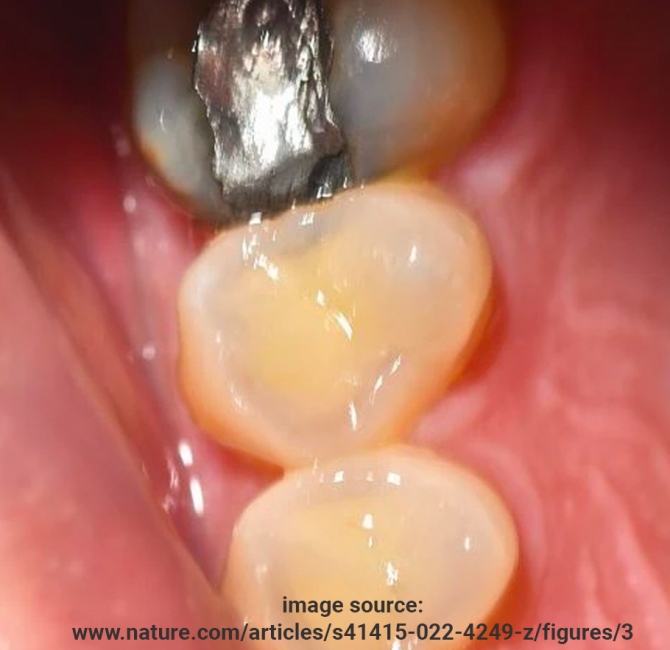More screen time among five-year-olds is associated with greater likelihood of behavioural problems, according to the study in BMJ Open.
Researchers assessed the screen time of roughly 700 children in Finland at 18 months and five years of age, as well as their psychosocial symptoms at age five. Roughly 95% of five-year-olds had more than one hour of screen time every day.
In fully adjusted analyses, more screen time at age five years was associated with increased risk for emotional and internalizing symptoms. Risks were particularly elevated with program viewing (as opposed to playing video games) for the following outcomes: attention and concentration difficulties, hyperactivity and impulsivity, and emotional/internalizing symptoms. There was no association between 18-month-old screen-time habits and behavioural outcomes.
The authors conclude: “Health professionals and pediatricians have an important role as communicators of the current research results on the safe usage time of e-media for families, and enhancing parents’ skills as regulators of children’s safe e-media use.”
Abstract
Objectives: This study investigated the frequency of electronic media (e-media) usage by preschool children and the risks of high-dose e-media use on young children’s psychosocial well-being.
Design: Longitudinal associations between e-media use at 18 months and psychosocial symptoms at five years of age were studied, as well as cross-sectional associations between e-media use and psychosocial symptoms at five years.
Setting: Between 2011 and 2017 in Finland.
Participants: Children aged 5 years (n=699).
Primary and secondary outcome measures: Children’s psychosocial symptoms were determined at the age of five years using the parent-reported questionnaires Five-to-Fifteen (FTF) and the Strengths and Difficulties Questionnaire (SDQ).
Results: Based on our results, 95% of the preschool children exceeded the daily recommended use of e-media set by health professionals. Our results indicate that increased screen time at five years of age is associated with a risk of multiple psychosocial symptoms (OR 1.53–2.18, 95% CI 1.05 to 3.34, p<0.05), while increased levels of e-media use at 18 months was only associated with FTF peer problems (OR 1.59, 95% CI 1.04 to 2.41, p=0.03). Moreover, high-dose use of electronic games at the age of 5 years seems to be associated with fewer risks for psychosocial well-being than programme viewing, as it was only associated with SDQ hyperactivity (OR 1.65, 95% CI 1.08 to 2.51, p=0.02).
Conclusion: Increased screen time has multiple risks for children’s psychosocial well-being. These risk factors seem to be significant in the long term, and are related to problems in children’s socio-emotional development later on. Health professionals and paediatricians have an important role as communicators of the current research results on the safe usage time of e-media for families, and enhancing parents’ skills as regulators of children’s safe e-media use. More research is needed on the family conditions of high-dose e-media users.



